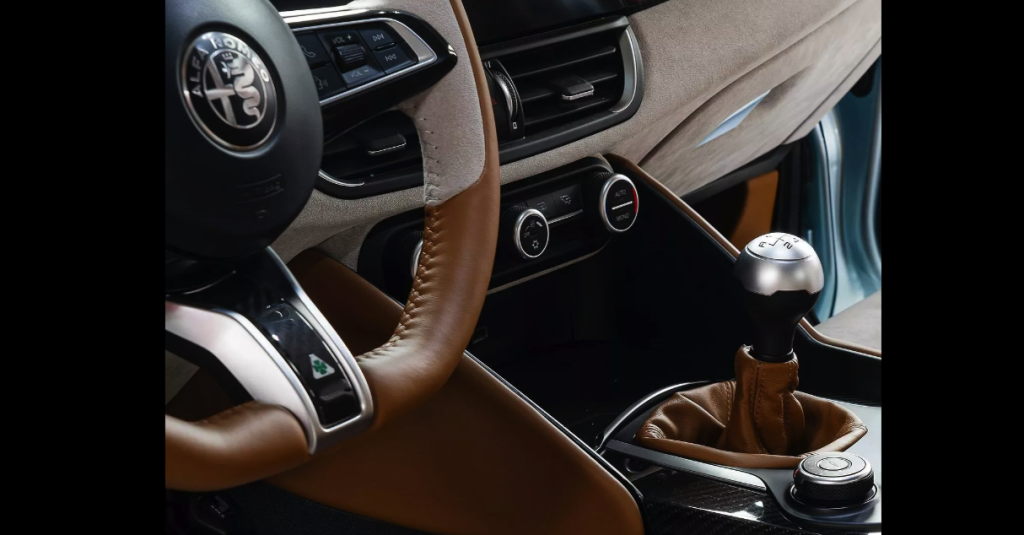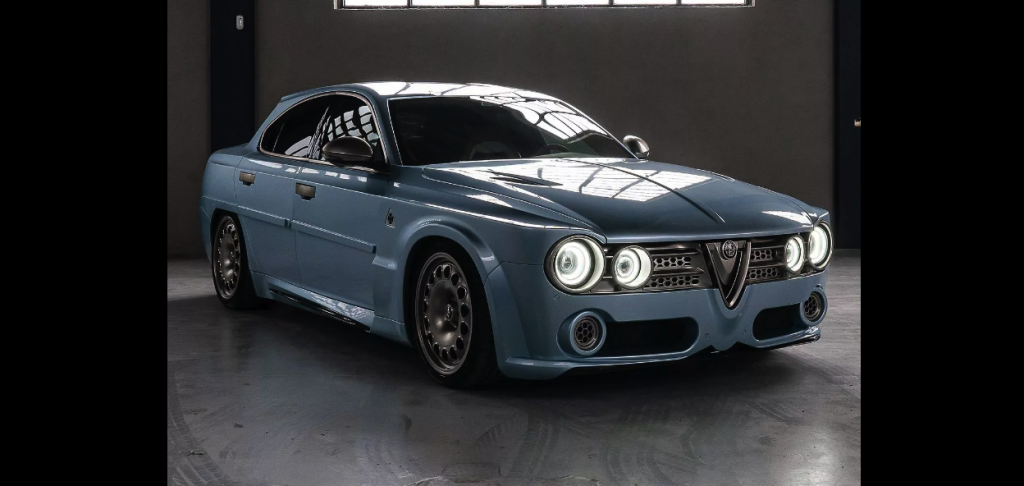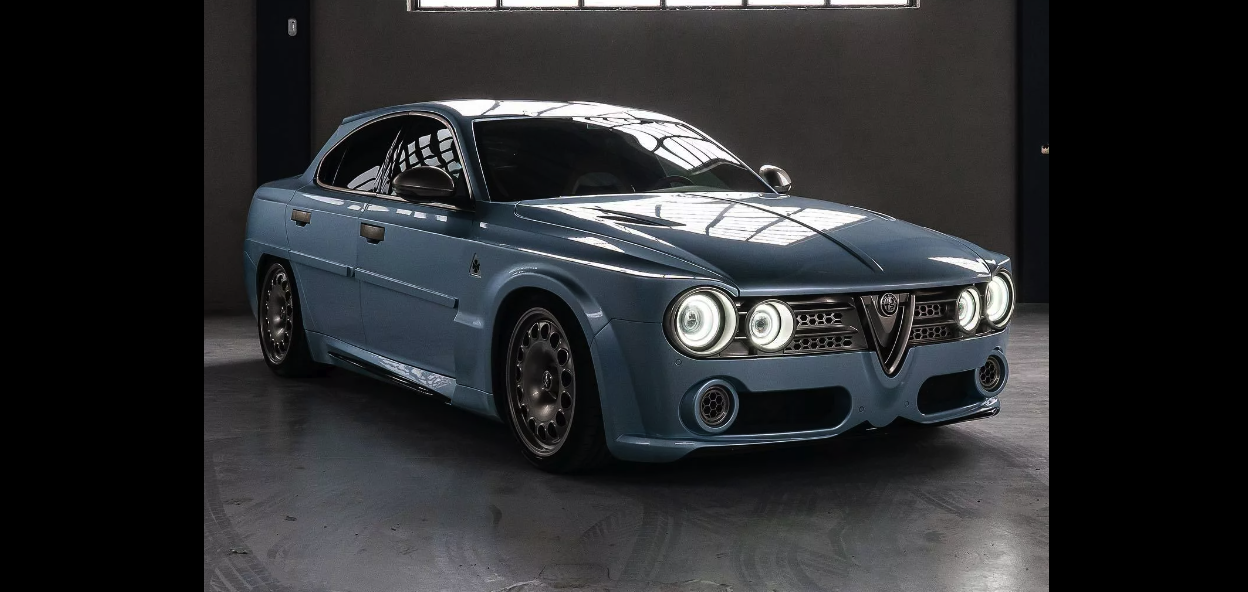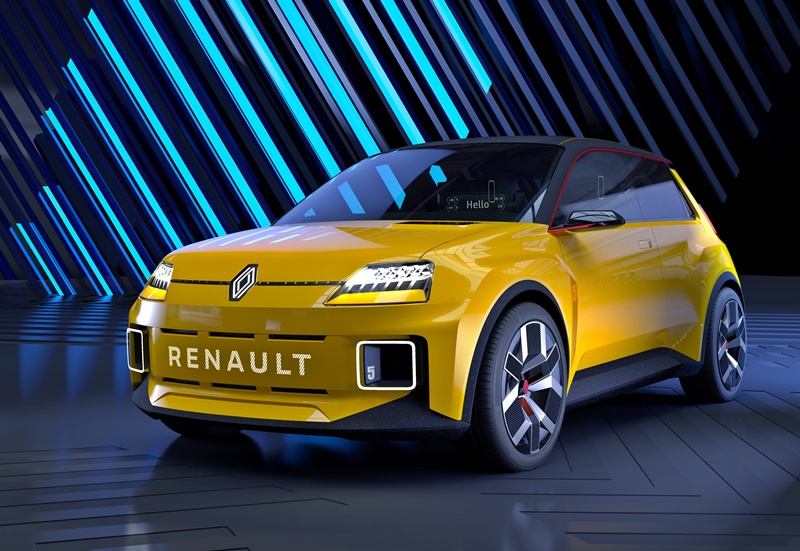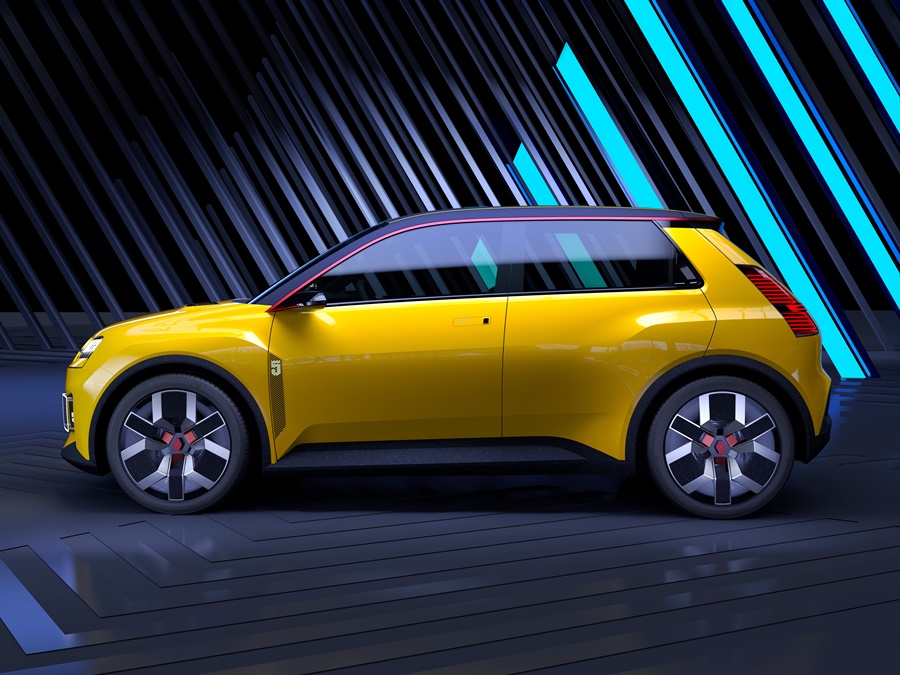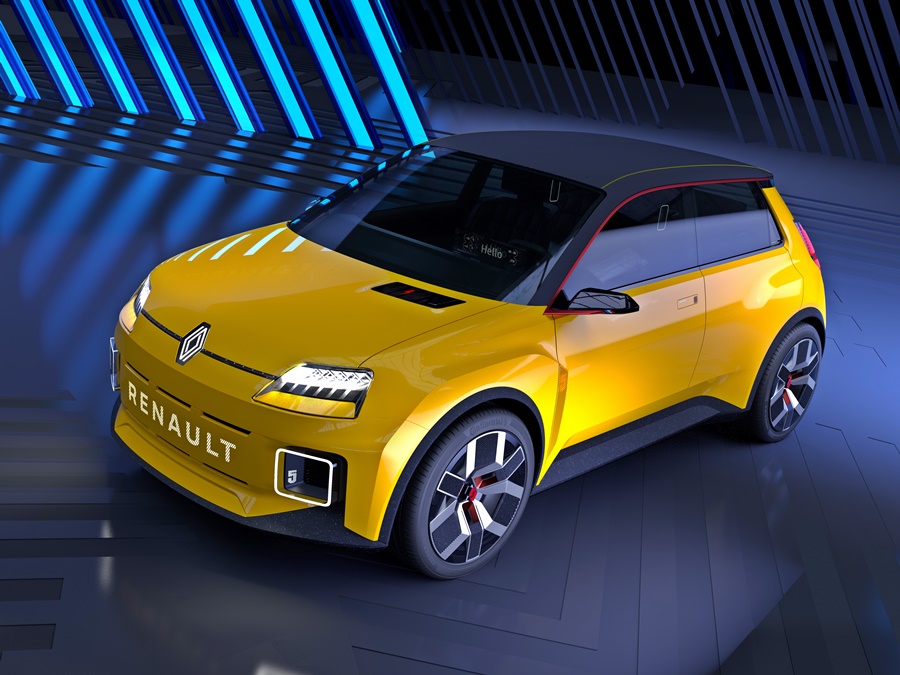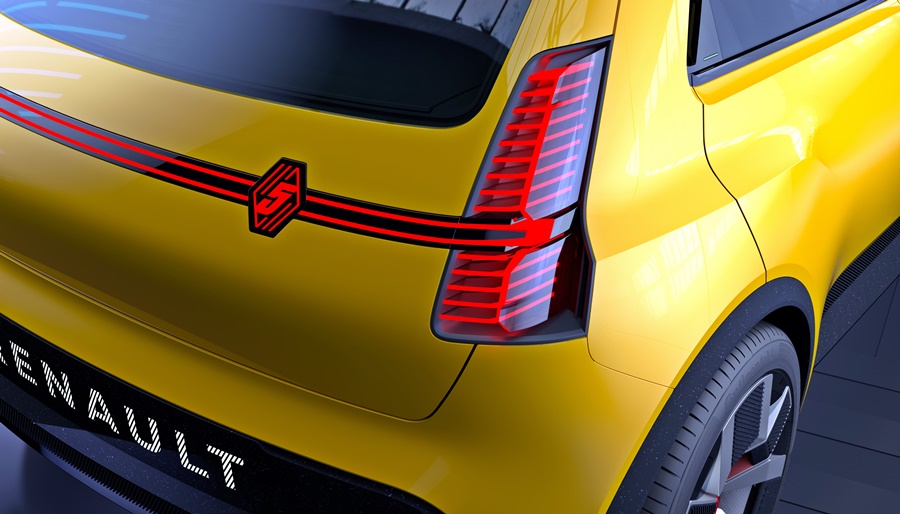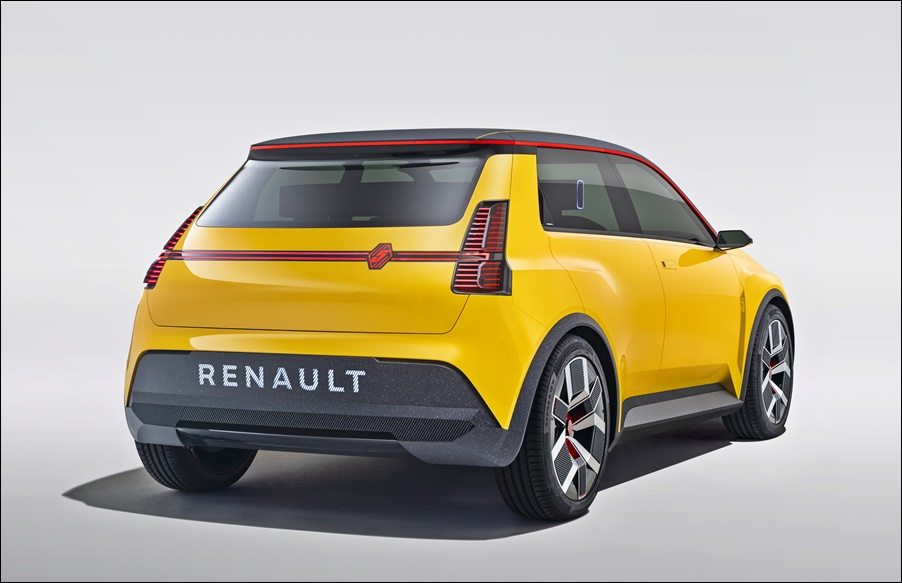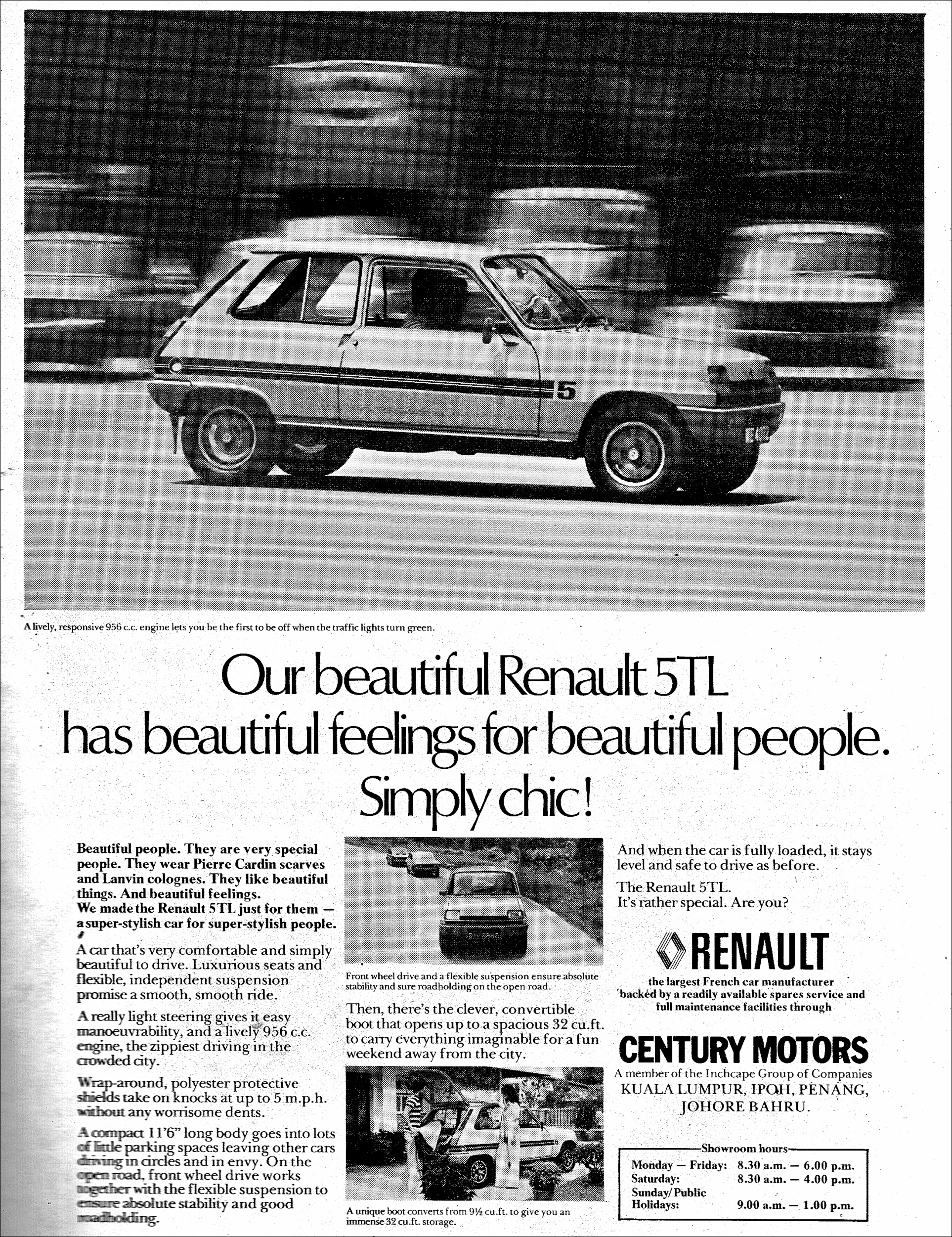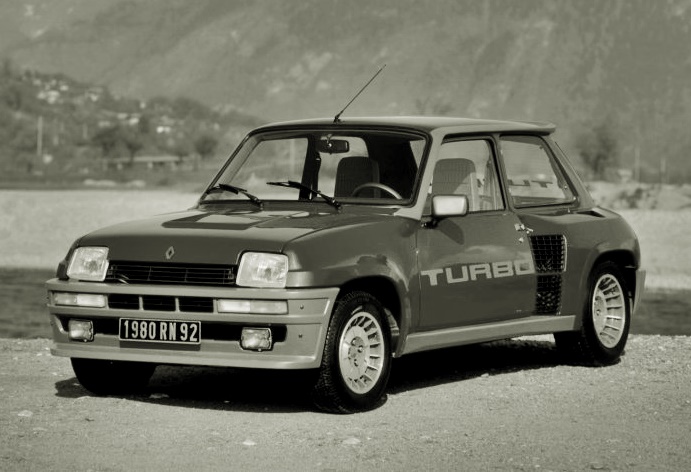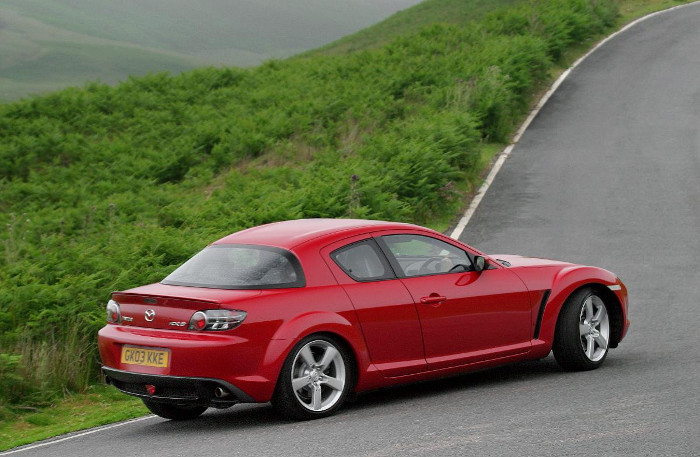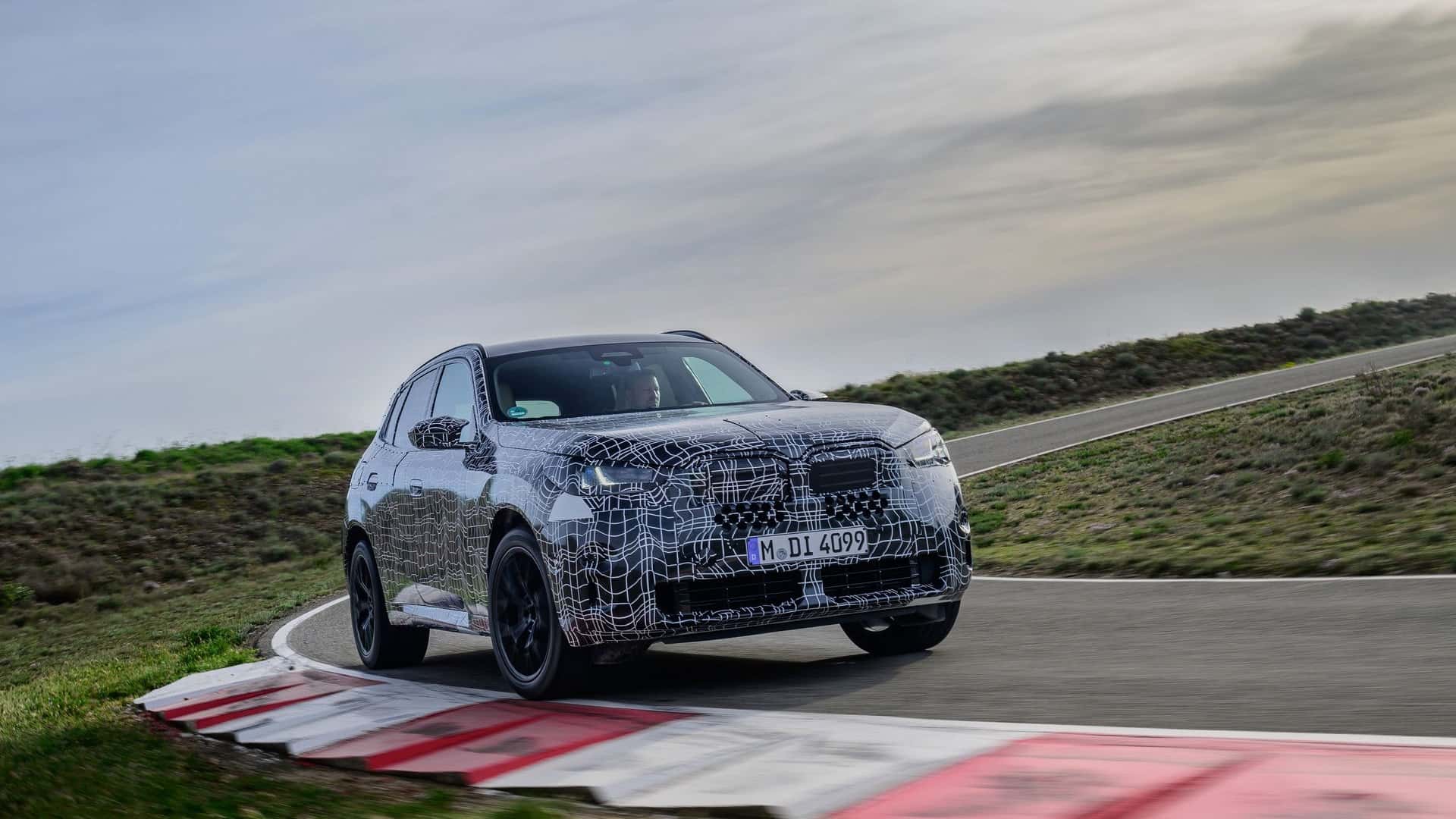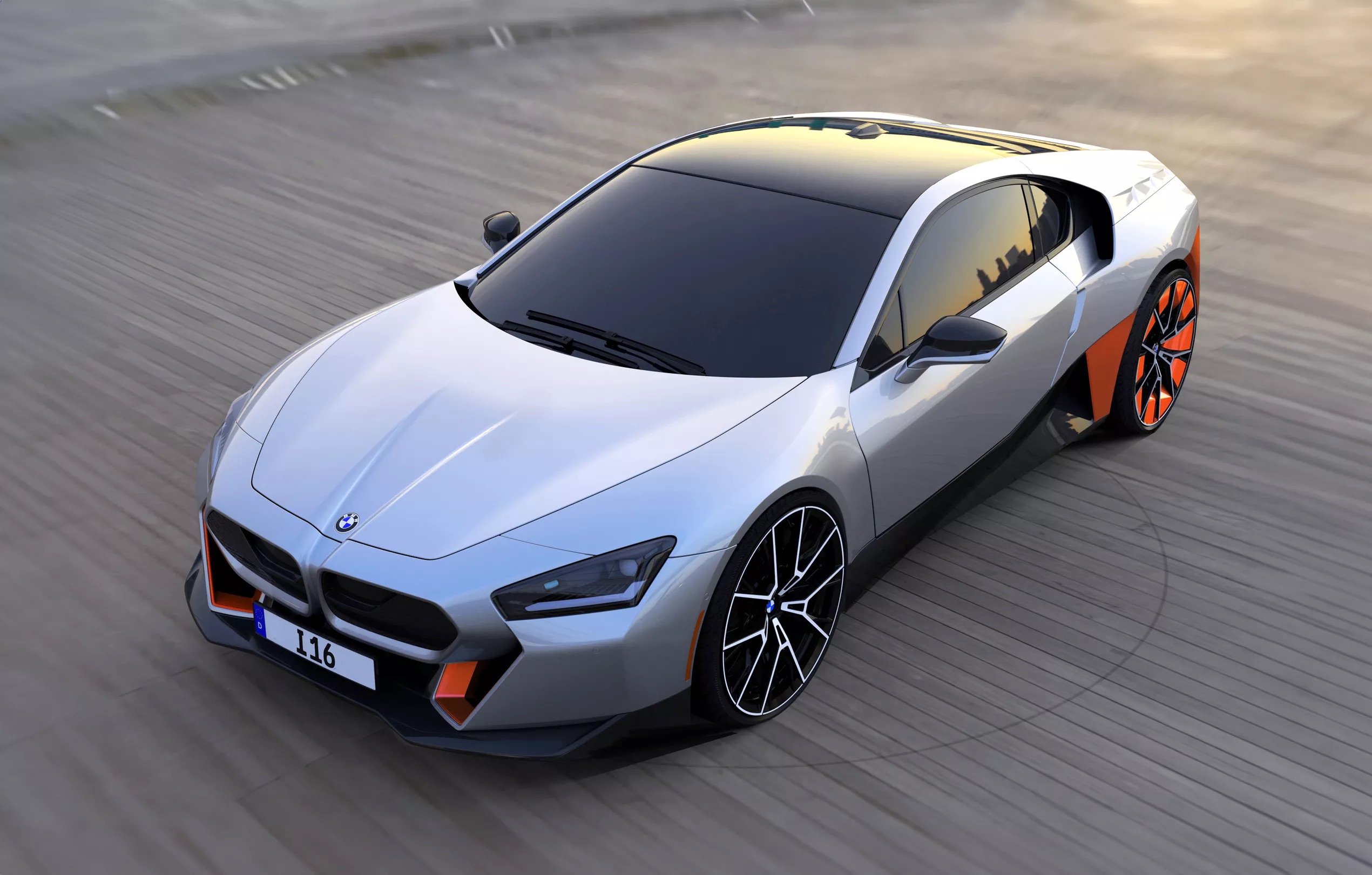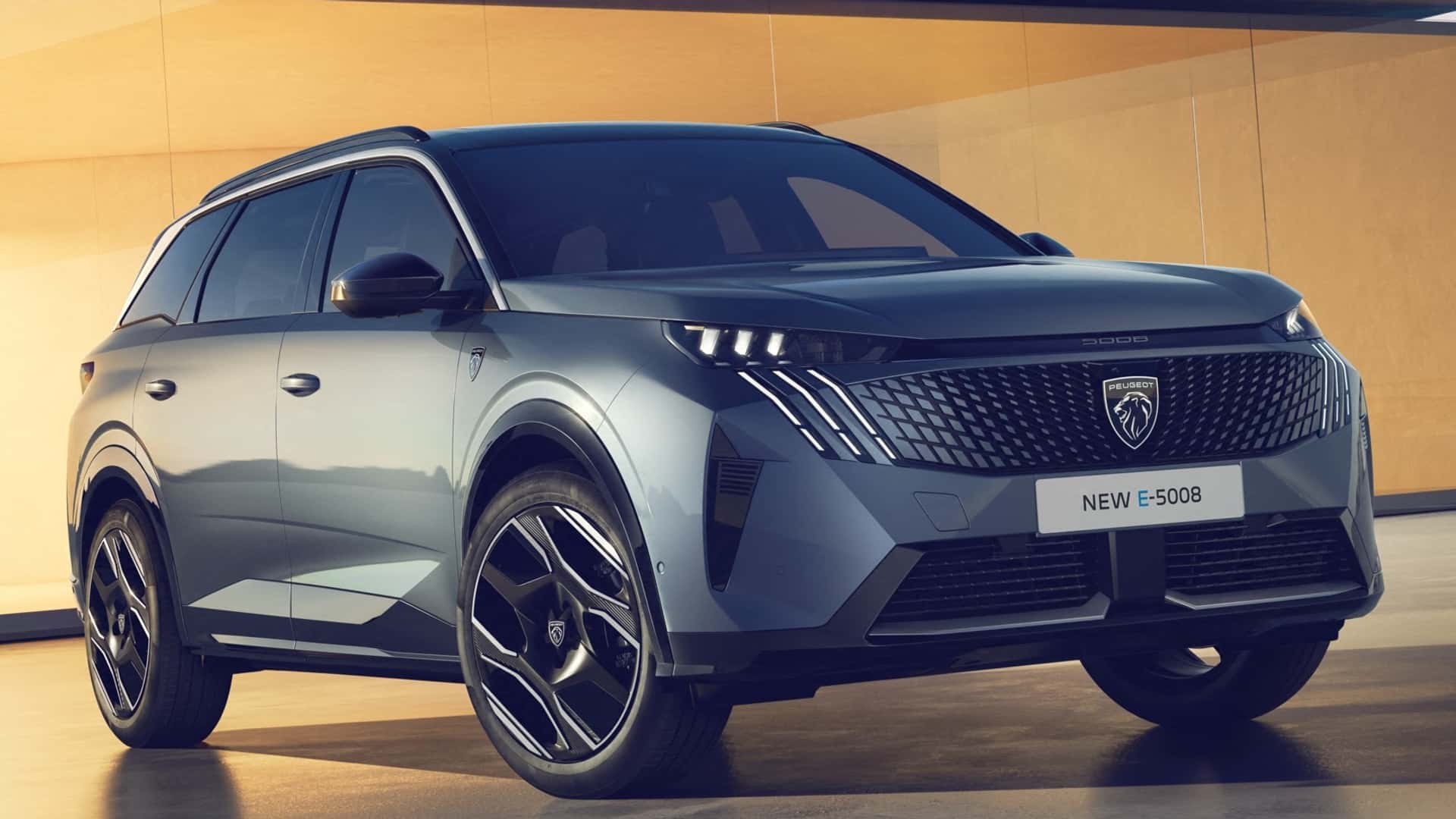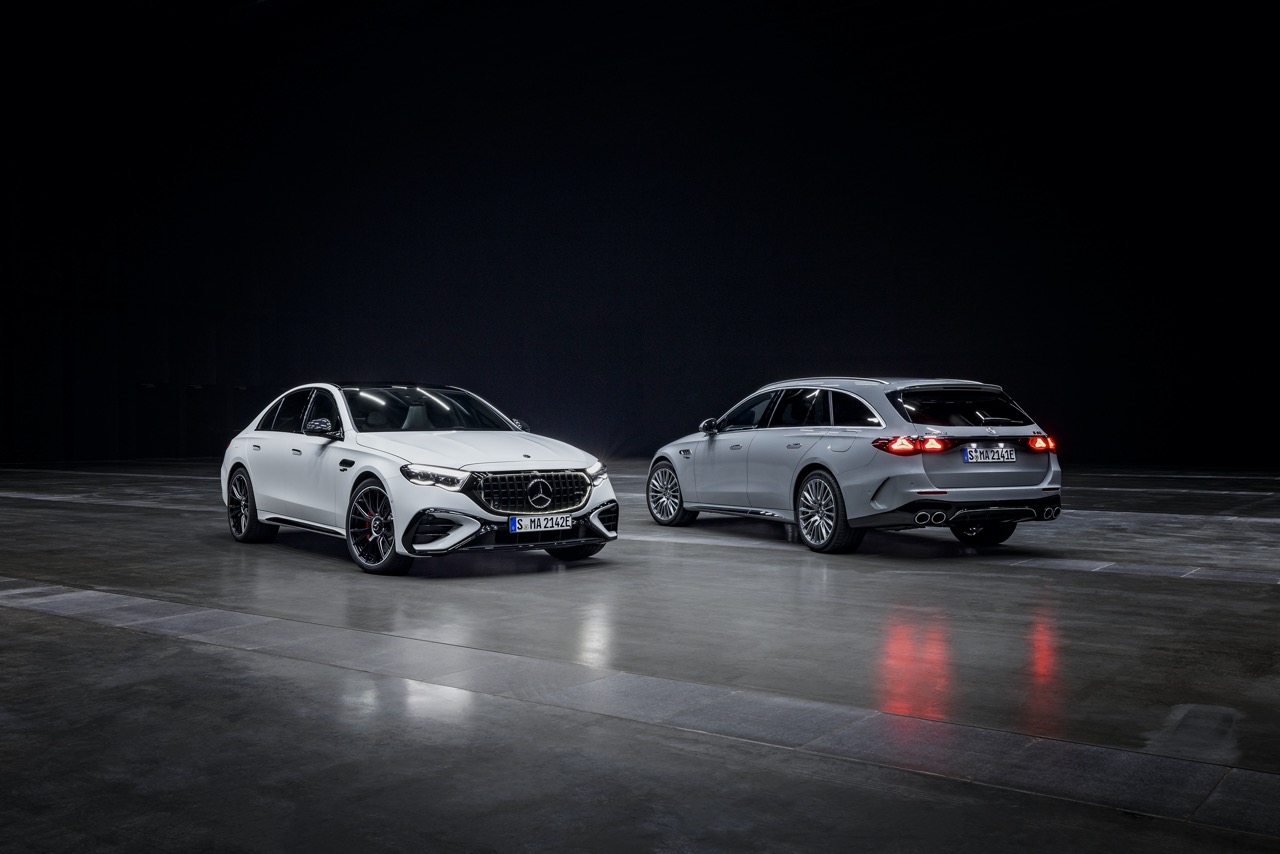ErreErre Fuoriserie, a Turin-based coachbuilder, has unveiled a retro-inspired body kit for the Alfa Romeo Giulia, which was initially showcased as a concept in mid-2022. The finalised kit has undergone several revisions and has elicited mixed opinions.
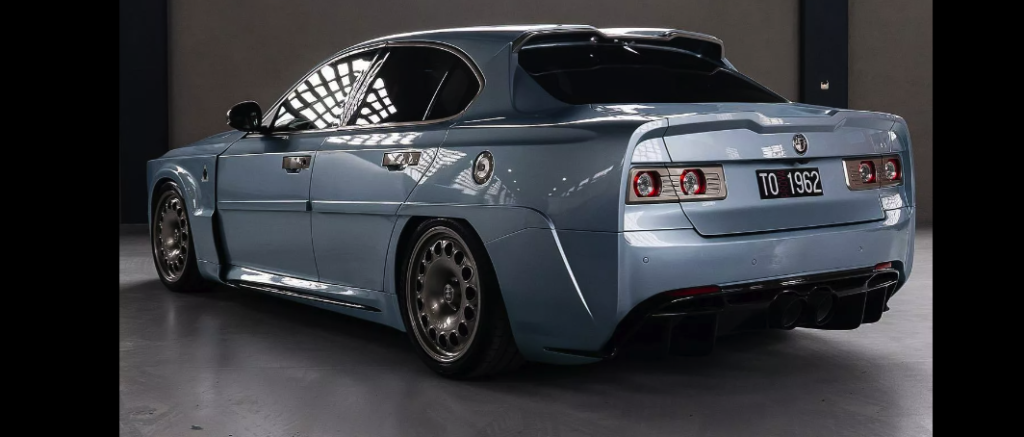
The modifications to the Giulia begin at the front, where the saloon now boasts four circular LED headlights and a silver grille. Alterations have been made to the lower air intakes, and a new bonnet design has garnered widespread appeal. However, the side view and three-quarter profile have sparked controversy.
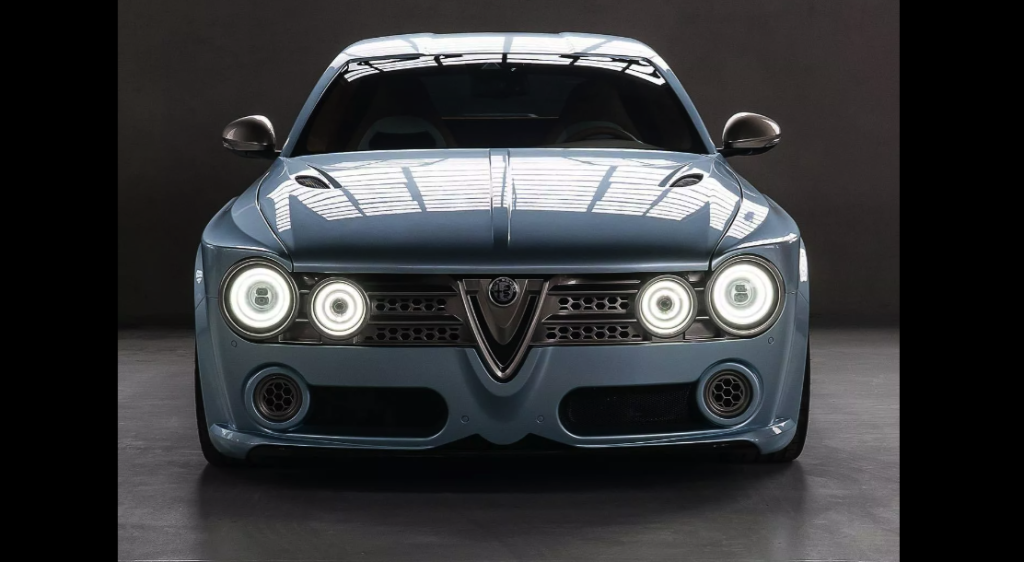
The front wheel arches have undergone significant flaring, which some consider excessive and lacking refinement. A pronounced shoulder line extends from the front of the bonnet to the tailgate, resulting in an eye-catching, somewhat over-the-top appearance. The doors, rocker panels, and skirts have been reworked, while the rear wheel arches have been squared off. The rear design takes an unconventional turn.
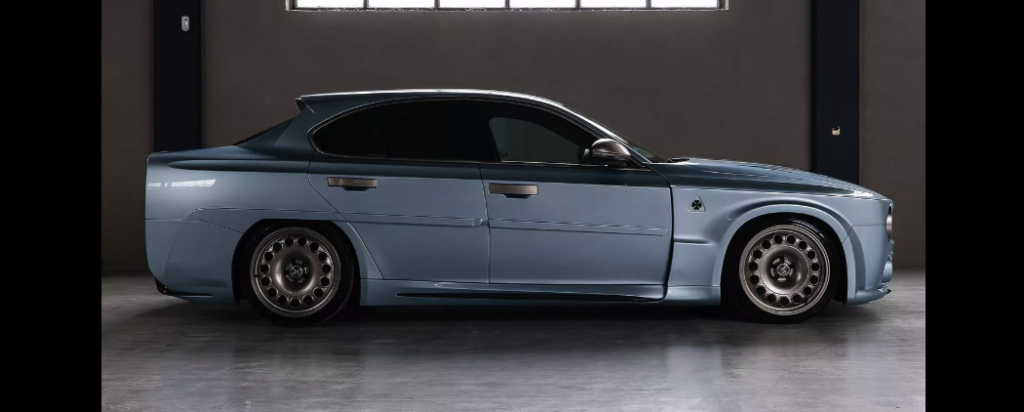
The C-pillars have been modified to accommodate two spoilers extending from the roof. The tailgate has been entirely reimagined, giving rise to a boxy shape, a departure from the original Giulia’s more subtle curves. Notably, the distinctive taillights stand out, and the rear end’s redeeming features may lie in the diffuser and the two central tailpipes.
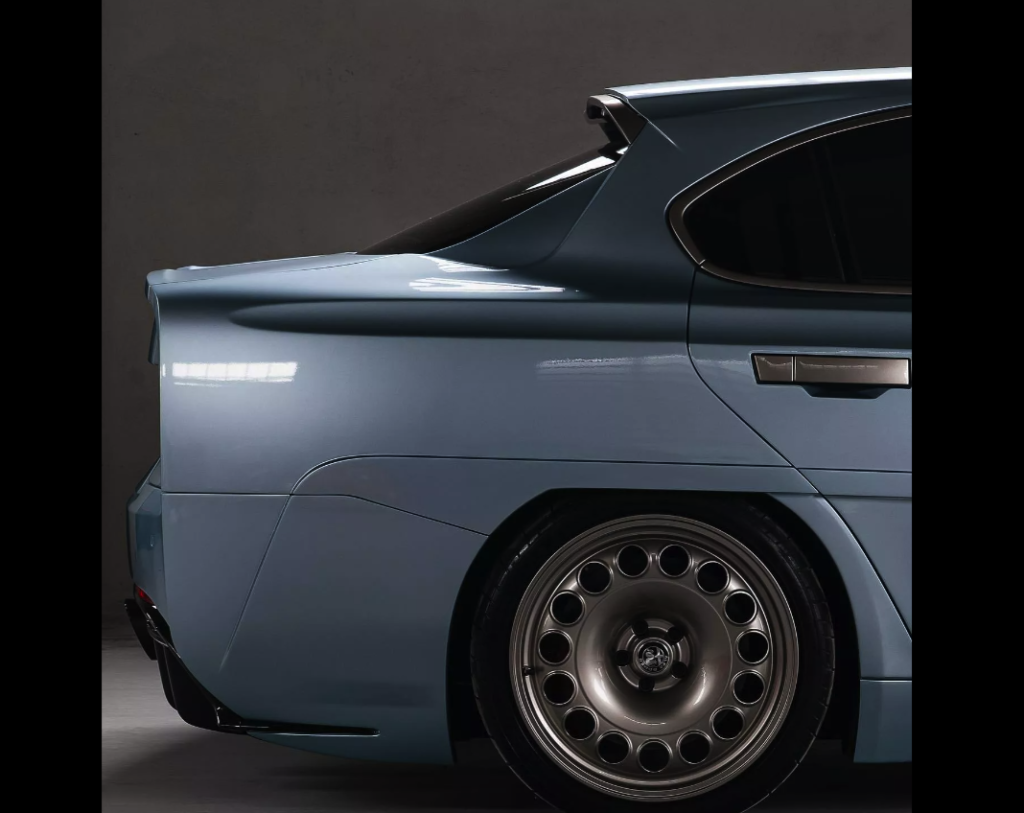
Inside the vehicle, the interior updates have been executed more tastefully. Brown leather adorns the upper section of the dashboard, door panels, and seat bolsters, complemented by light grey Alcantara in other areas.
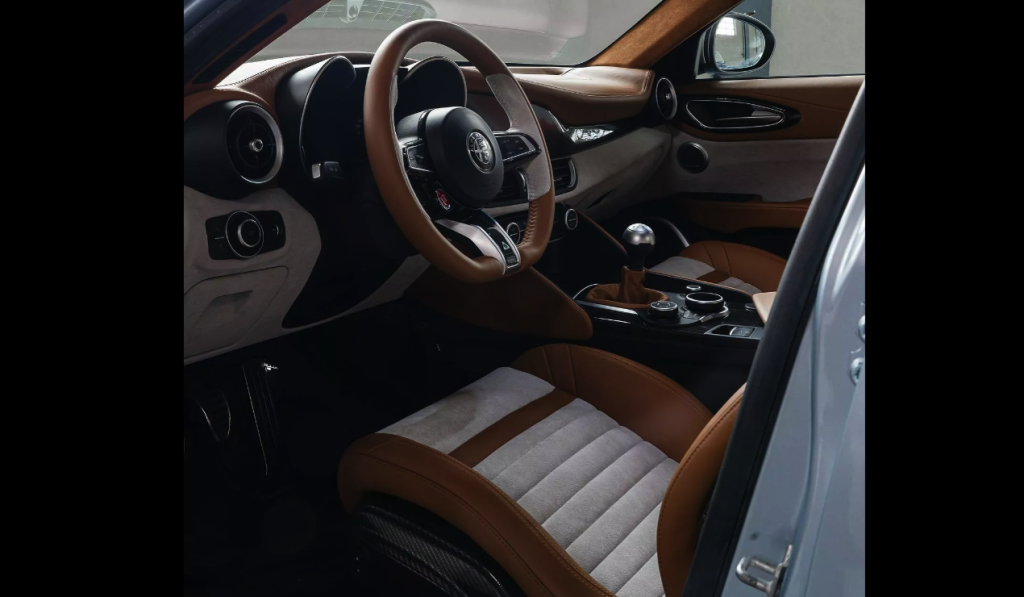
Beneath the bonnet, Bilstein suspension enhancements have been incorporated, and the Giulia’s 2.9-litre twin-turbocharged V6 engine now generates 562hp. What sets this model apart is the inclusion of a rare six-speed manual transmission. ErreErre Fuoriserie plans to produce a limited run of just 33 units of this retro Giulia, with pricing details yet to be disclosed.

